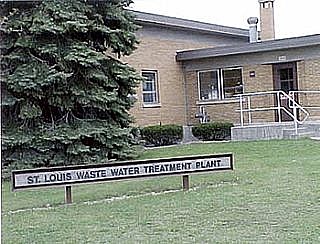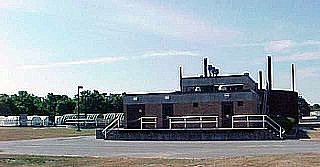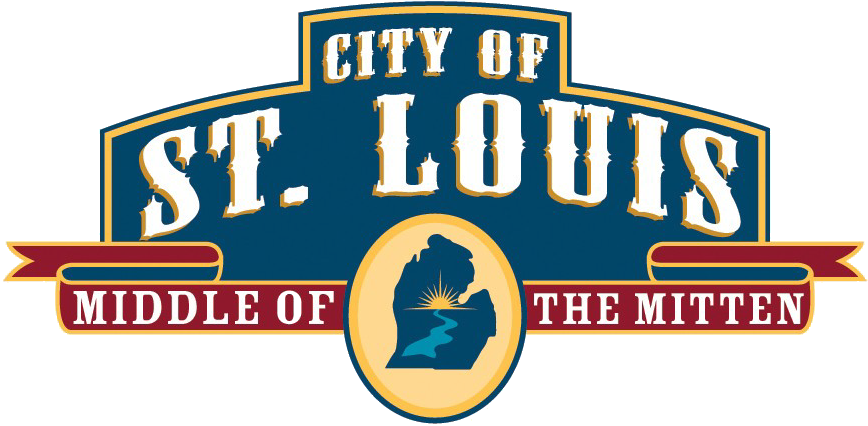Staff Contacts
Facility Operators
Utility Billing Clerk
St. Louis, MI 48880
After Hours/Holidays: Contact Gratiot County Central Dispatch for assistance with EMERGENCIES at 989-875-7505. There is a $100 charge for after hours and holiday service calls if the emergency is considered the responsibility of the homeowner. The $100 fee is added to the homeowner's next utility bill.
About the Wastewater Plant


The St. Louis Wastewater Plant was originally constructed in 1954 as a primary treatment plant. Expansions to the plant occurred in 1978-80 and again in 1998-2001. These expansions and upgrades resulted in the plant to be a state of the art, tertiary-biological-chemical-sand filter system. In 2014, the City needed to further upgrade the plant and received a loan from the State Revolving Loan fund to switch the treatment process from RBCs (rotating biological contactors) to oxidation ditches. When completed in 2015-16, the upgraded wastewater plant provides primary, secondary, and tertiary treatment consisting of a fine screen with vortex grit removal, pre-aeration ahead of the primary clarifiers followed by anaerobic selector basin, oxidation ditches, final clarifiers chlorination, a holding pond and sand filters. All biosolids pass through anerobic digestion and are stored on site prior to land application.
The plant is designed to treat a maximum of 4.0 MGD (million gallons per day) with an average day flow of 1.6 MGD. In 2020 the wastewater plant treated 408 million gallons of sewage resulting in an average day flow of 1.118 MGD. A portion of this sewage flow consists of infiltration and inflow (I & I) into the sewer lines through illegal connections, such as storm inlets, sump pumps, footing and downspout connections as well as cracks and failed joints due to the age of the sewer lines. A reduction in these sources of storm drainage and groundwater into the sanitary sewer pipes has been an ongoing process with City maintenance personnel and construction projects. The City must continue to locate and remove these sources of I & I to reduce the impacts of the periodic high flows on the wastewater plant and its treatment ability.
The City wastewater treatment plant and collection system includes five pump stations which transmit flows from Pine River and Bethany Townships (two stations), two of the correctional facilities located east of the City (one station), and two stations within the City which collects and transports sewage to the plant. As part of the recent Asset Management Plan, three of the pump stations are being considered for replacement over the next few years.
Don't Flush That!
Just because the package says "flushable" doesn't mean it's true. Items advertised as disposable and/or flushable do not degrade like toilet paper. They clog pipes, tangle pumps and cause messy sewer backups into streets, businesses and homes.
Sewers are designed to dispose of very specific things. Using your toilet for disposal of many modern products will result in blockages. The drains that connect your home to the main sewer are only big enough to carry water, toilet paper and human waste - often no wider than 4 inches.
- Baby wipes, disinfectant wipes, moist wipes, etc.
- Diapers (cloth, disposable, "flushable")
- Facial tissue
- Toilet bowl scrub pads
- Swiffer's
- Napkins (paper or cloth), paper towels
- Dental floss
- Egg shells, nutshells, and coffee grounds
- Fats, oils, and greases
- Food items containing seeds and peelings
- Hair
- Sanitary napkins, tampons, condoms, or any non-organic material
- Vitamins, medicine or other pharmaceuticals
- Wash cloths, towels, rags (any cloth item)
- Clothing
- Sheet plastic, or plastic of any kind
- Cigarette butts
What should be flushed? Just toilet paper and human waste.
